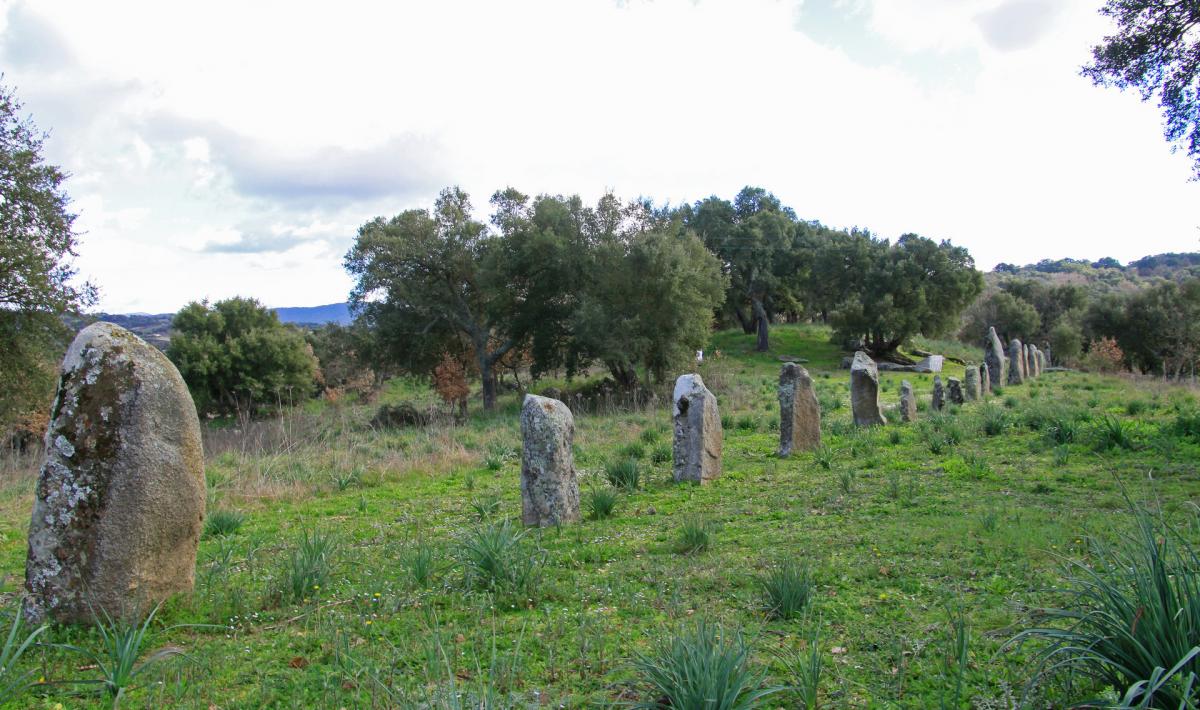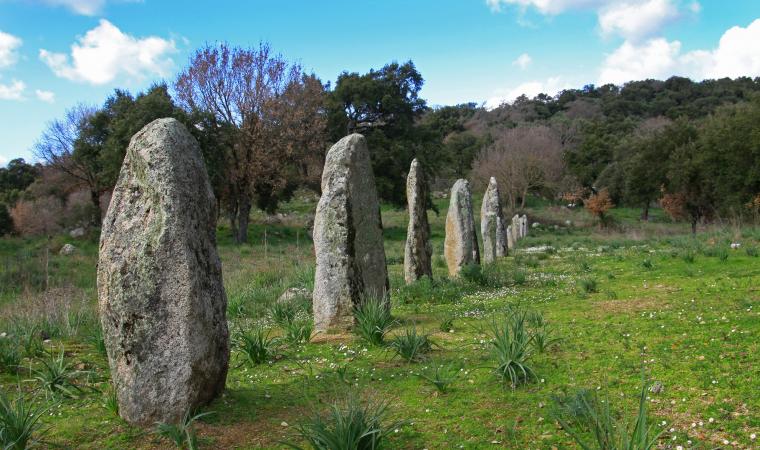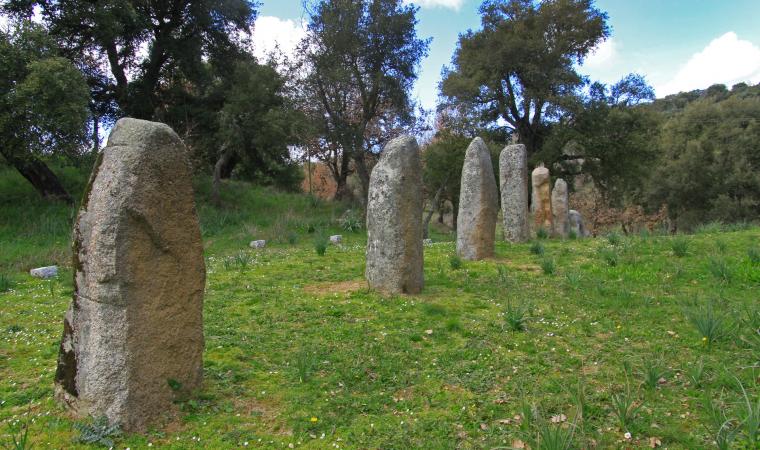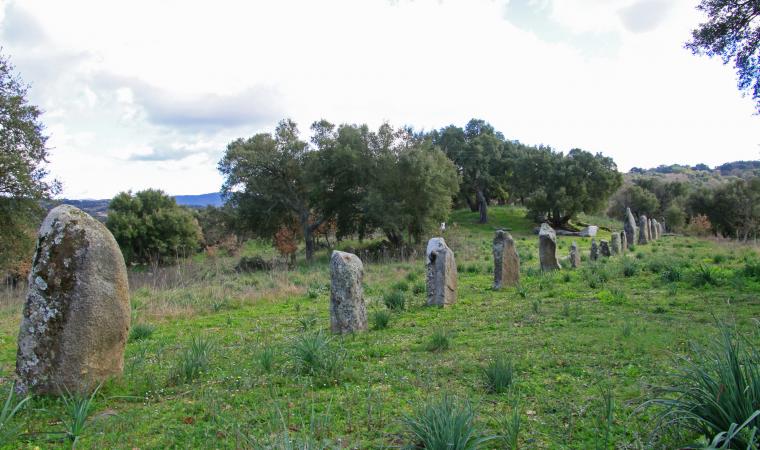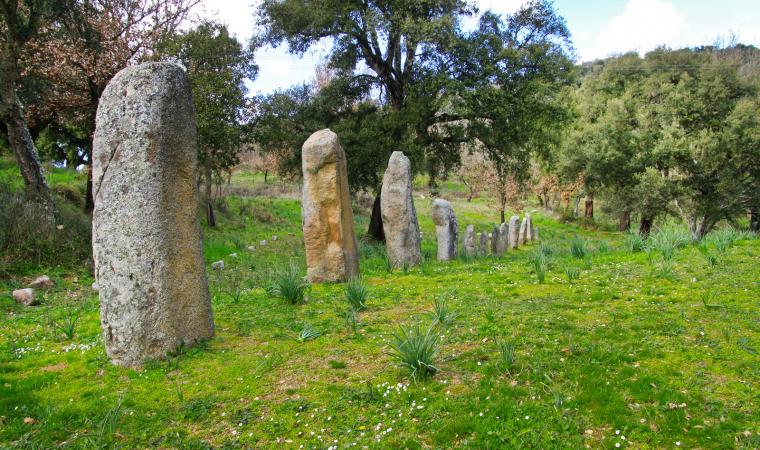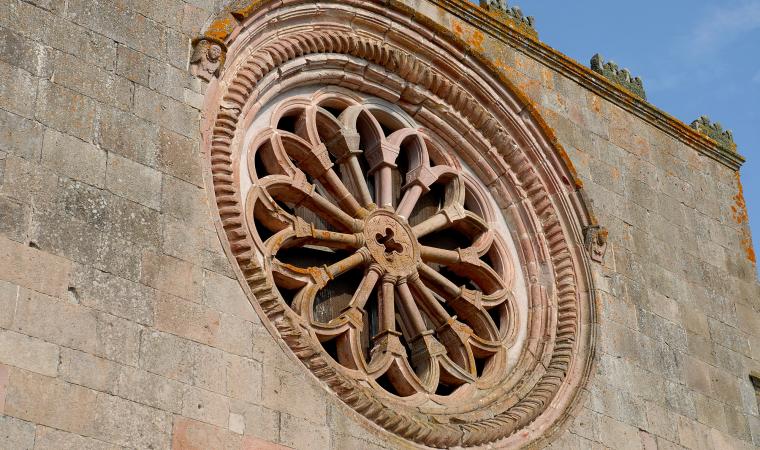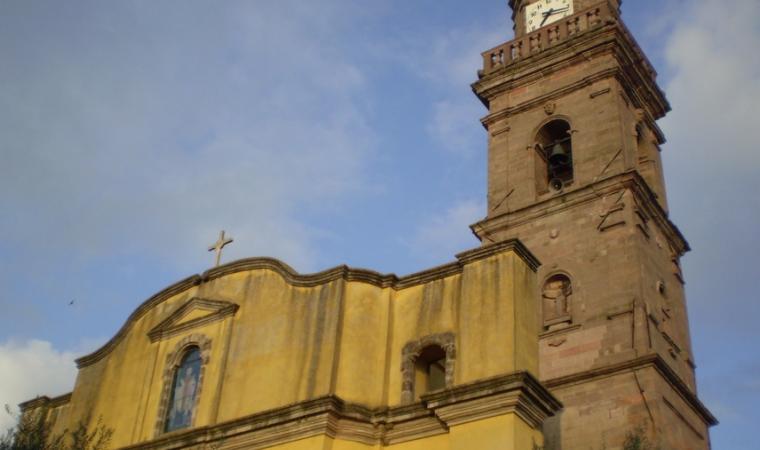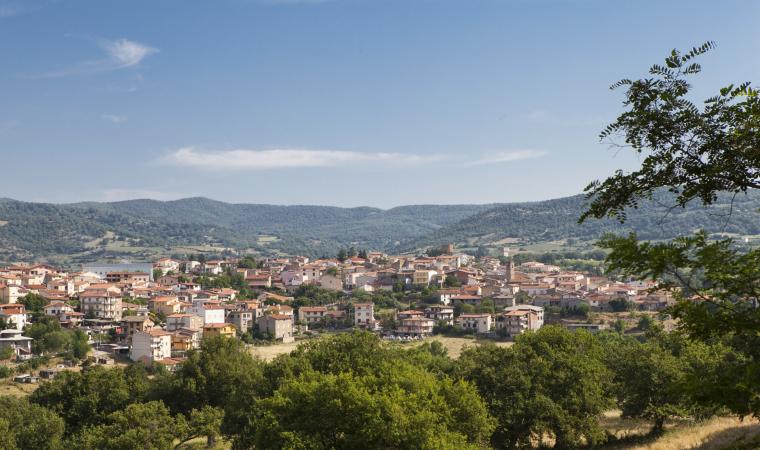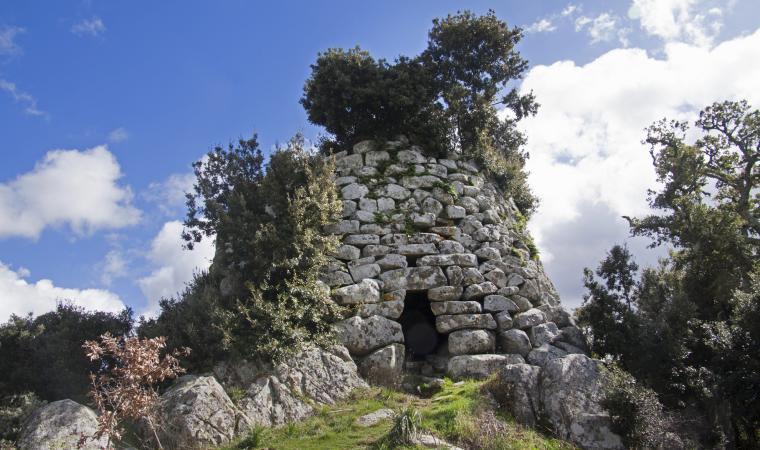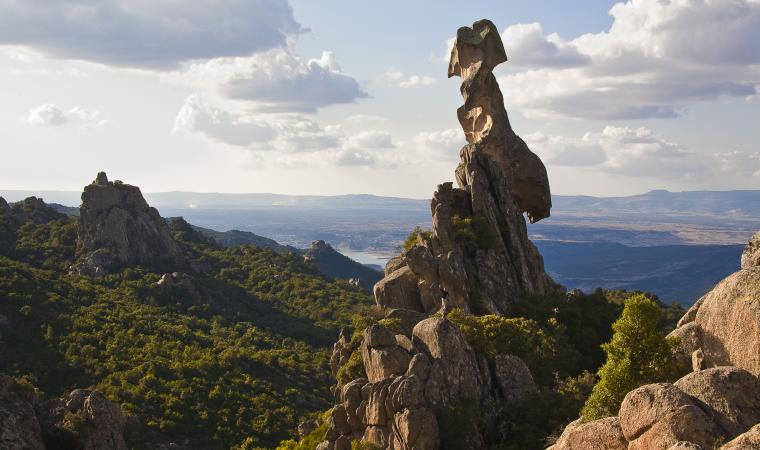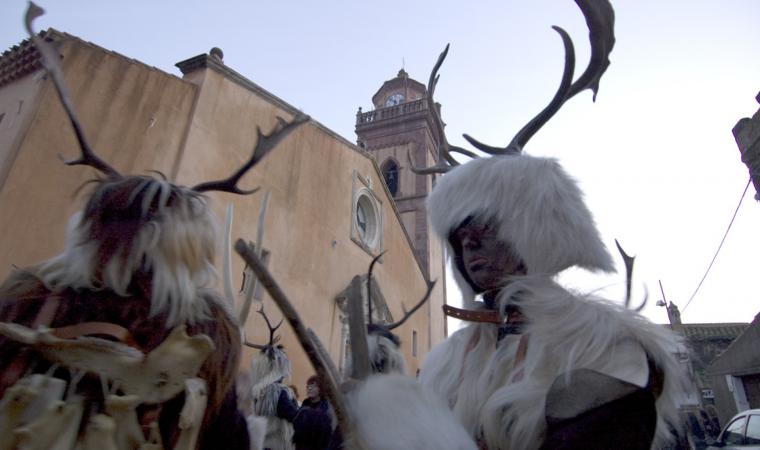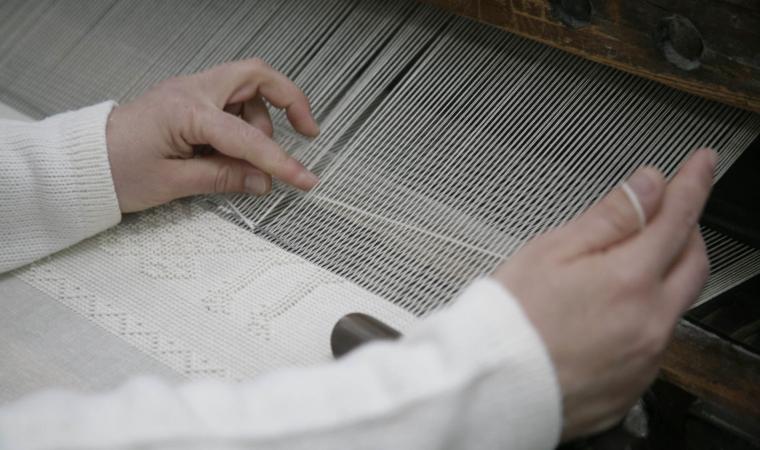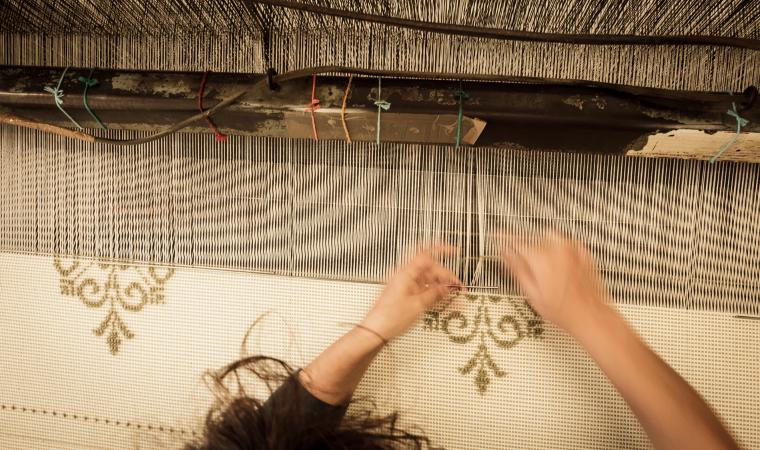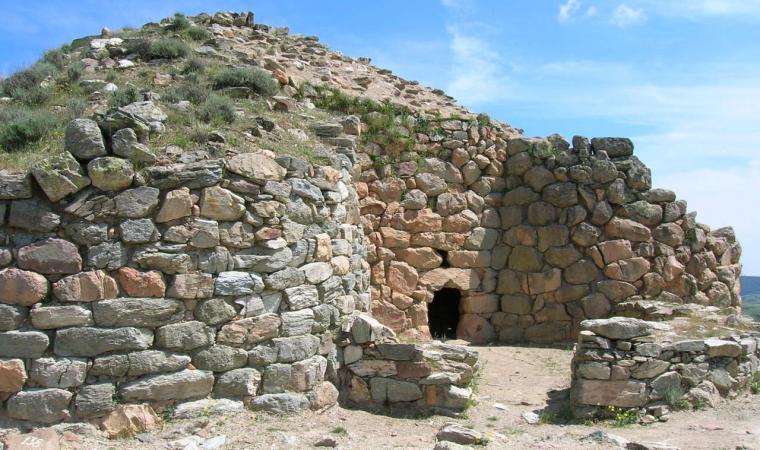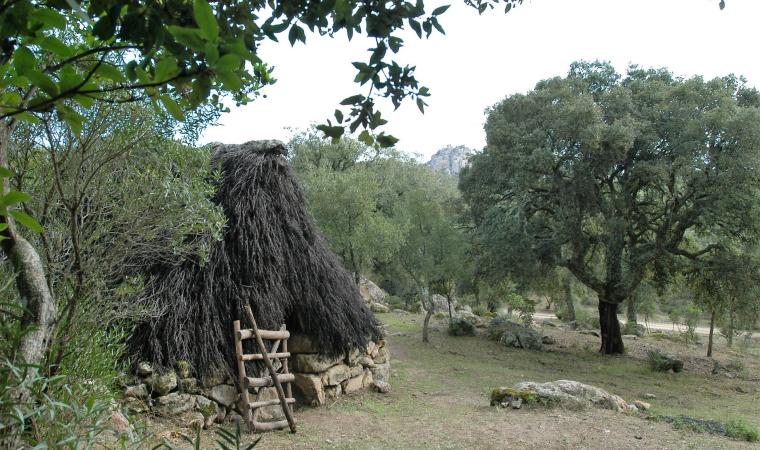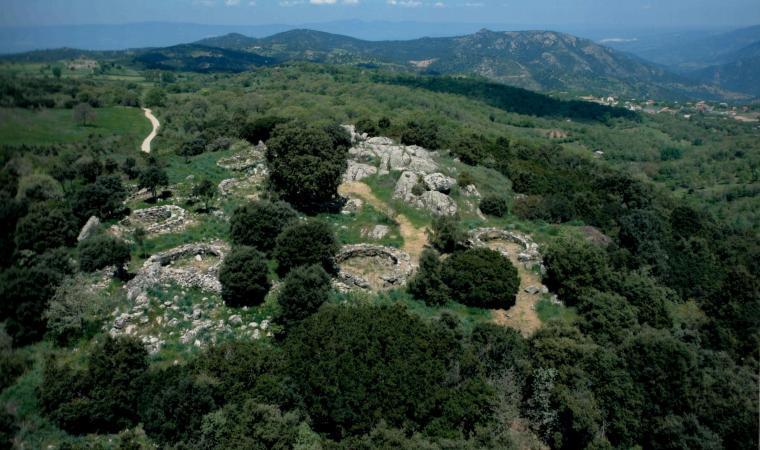Right in the middle of the island is a place that exudes spirituality and provides food for thought. You will notice it when you visit the most extraordinary grouping of menhir in all of the Mediterranean basin. It is the archaeological park of Biru ‘e Concas, which literally means ‘trail of the heads’, commonly referred to as the Sardinian Stonehenge. Located a few kilometers from Sorgono, the town is nestled in the woods of the Mandrolisai region, the westernmost point of the Barbagia. Inside you will see two hundred huge sculpted boulders that have been worn down to an oval shape. The oldest, proto-anthropomorphic, date to the late Neolithic (3500-2800 BC), while the more elaborate stylized ones, anthropomorphic, date to the Eneolithic (2700-1700 BC). In essence, the megalithic monuments are elongated sacred rocks that were once embedded (perdas fittas) and served as phallic symbols for fertility to evoke the Mother Goddess, a primordial Nuragic divinity that somehow echoes the mythical and heroic figures of the forefathers.
Nestled among pine, chestnut and hazelnut trees and still spread about as they were in origin, you will see some of these forms of prehistoric cultural art alone or in pairs, trios, other times set in circles or rows of twenty. Thirty of them are lined up in double rows, like warriors defending an area of worship, another 170 are flat on the ground pointing west, towards the sunset, broken up, the result perhaps of the holy war against the idolatry of the Barbagians declared by Pope Gregory in the VI century during the Christianisation of inner Sardinia. The two hundred menhir discovered in the late XX century were remarkably important for Barbagia, who had only counted some fifty before the big find. And they are all concentrated within an area of five hectares, very near the famous Sanctuary of San Mauro, a complex erected by Benedictine monks as though they were attempting to exorcise the holy, phallic granite statues all lined up along the transhumance routes towards the plains. Who were the makers of the great stones? Is there some connection to Celtic or Breton megalithic tradition, or where they autochthonous, original? And why such a vast concentration of menhir near Sorgono? These are questions still being asked and the object of debate among Sardinian archaeologists.
Not far from the menhir is a hidden spring that could indicate a well for the worship of water, the confirmation of an intertwining of styles and architecture between the Neolithic and Bronze Ages. All around are remains of round huts, perhaps a Nuragic village, while further on are two nuraghe, one with a corridor, the majestic Talei, the remains of a Giant tomb and a dolmen.

